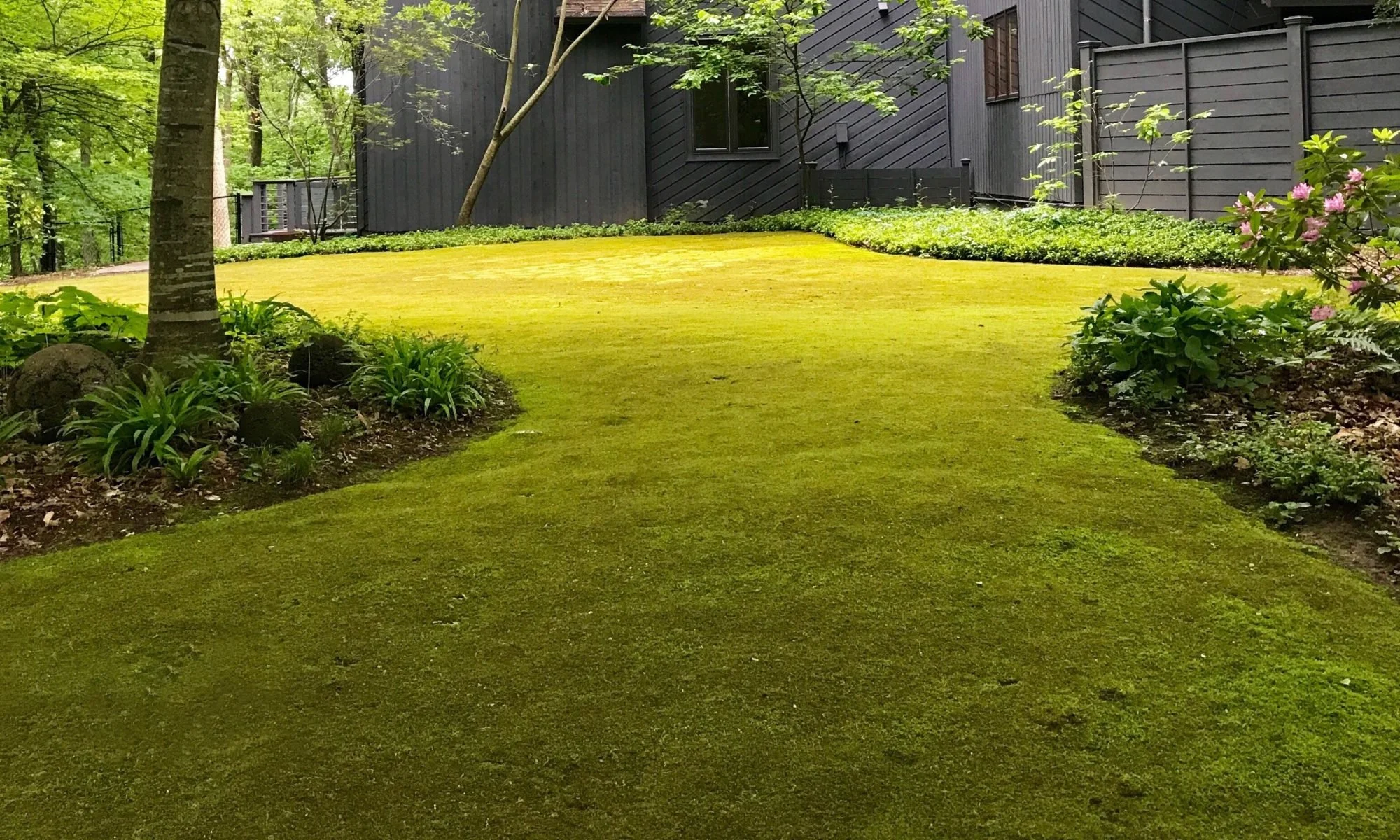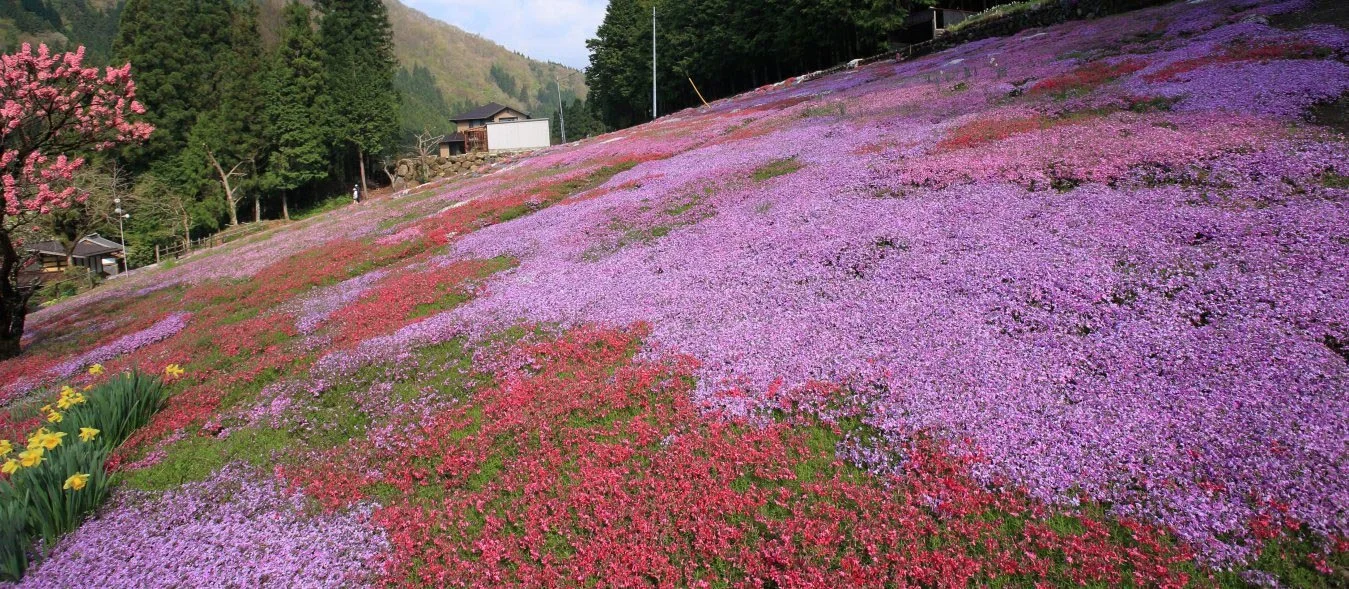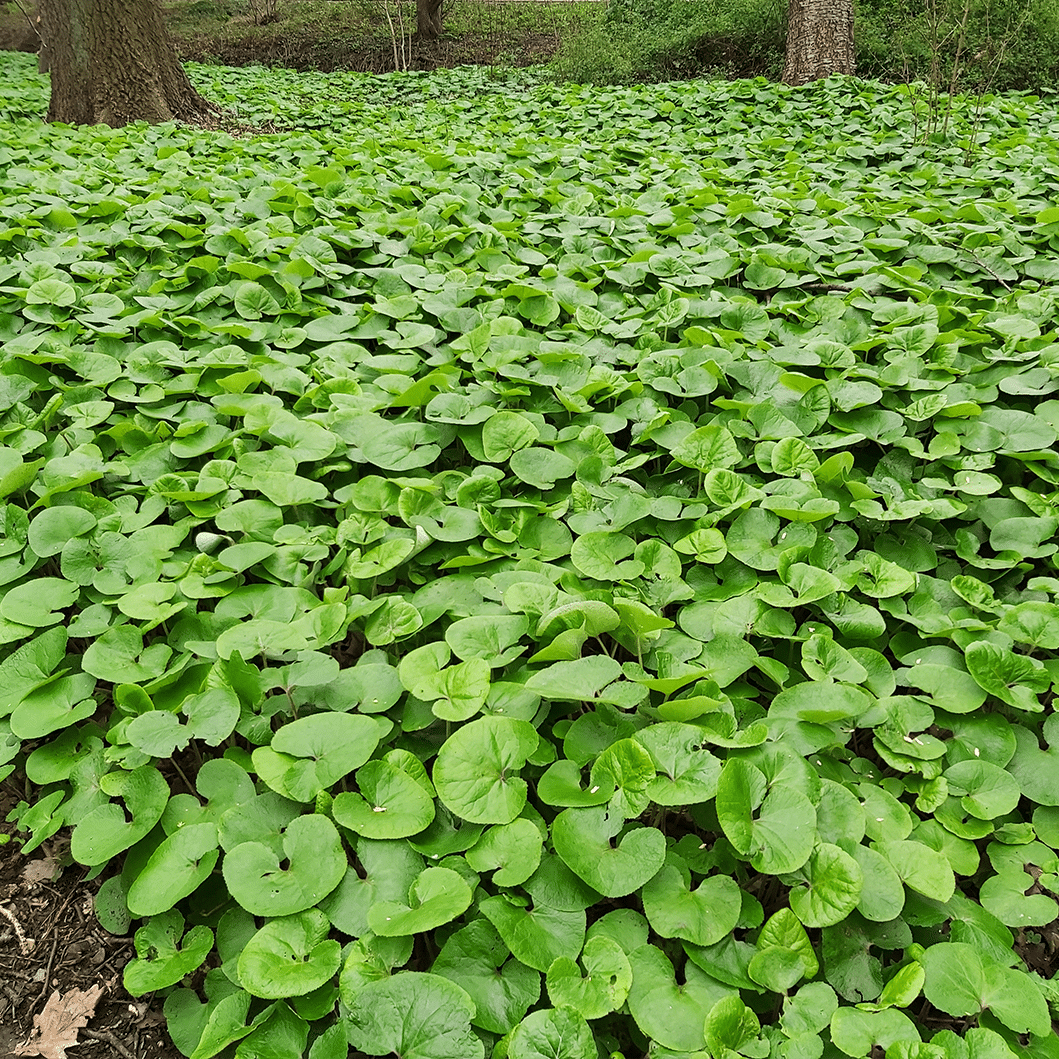Greener Pastures: Native Lawn Alternatives for a Healthier Environment
Maintaining a conventional grass lawn requires significant resources, including water, fertilizers, pesticides, and frequent mowing. These practices not only drain your wallet but also contribute to environmental issues such as water pollution from runoff, greenhouse gas emissions from lawn equipment, and habitat loss for native wildlife.🐇🌾
Switching to grass alternatives can have many benefits…
💸 Economically, you save money on water bills, fertilizers, and hefty lawn maintenance equipment.
♻️ Environmentally, you reduce your carbon footprint, promote biodiversity, and support local ecosystems by providing habitat for native plants and pollinators.🐝
Now, let’s dive into some of the beautiful and sustainable alternatives to the traditional grass lawn that are climate-friendly and thrive in our region (hardiness zone 7b).
Hay-Scented Fern (Dennstaedtia punctilobula)
Fern is an awesome, slightly taller alternative to traditional grass! These deciduous plants are known for their sweet scent, reminiscent of freshly cut grass when it’s dried or crushed. These ferns are yellowish-green with feathery fronds that can spread far and reach 30 inches tall. They are a great alternative for meadows, shaded gardens, hillsides, etc.
Photo: Wild Adirondacks
Moss (Bryophyta)
If you have shady, moist areas, moss is an excellent choice. It creates a lush, green carpet that requires no mowing. Moss is perfect for those tricky spots under trees where grass struggles to grow. It’s low-maintenance and provides a serene, natural look to your garden. Moss lawns also help retain moisture in the soil, reducing the need for frequent watering. Go here to check out Oregon State’s guide to transplanting moss.
Photo: Paul Moore, Nashville
Creeping Phlox (Phlox stolonifera)
This is a vibrant perennial ground cover with star-shaped flowers in pink, white, lavender, and bluish-purple. Creeping phlox thrives in full sun and well-drained soil, growing 2-4 inches high and spreading up to 2 feet…Making it perfect for rock gardens, hillsides, and garden edges. It is relatively easy to grow and deer-resistant, and does a great job at attracting pollinators!
Photo: Barbara Bamberger-Scott
Pennsylvania Sedge (Carex pensylvanica)
For a grass-like appearance, Pennsylvania Sedge is a native perennial that thrives in both sun and partial shade. It’s excellent for erosion control and grows well in damp areas. This sedge is low-maintenance, spreading by rhizomes to create a dense, turf-like cover. By choosing sedge, you’re opting for a plant that naturally adapts to our local climate, minimizing the need for additional resources.
Photo: Dale Batchelor
Golden Ragwort (Packera aurea)
For a pop of color, Golden Ragwort is a fantastic choice. This native plant produces bright yellow flowers in early spring and thrives in shady, moist conditions. It's also beneficial for local wildlife, supporting various pollinators. Incorporating Golden Ragwort into your landscape promotes biodiversity and aids in maintaining healthy ecosystems.
Photo: Cathy Ludden
Wild Ginger (Asarum canadense)
Wild Ginger is ideal for shady areas and provides a unique, lush ground cover with heart-shaped leaves. It’s perfect for creating a woodland garden vibe and supports local wildlife. By using Wild Ginger, you contribute to the preservation of native plant species, which are crucial for maintaining ecological balance.
Photo: Bumbees
These native alternatives not only reduce the need for intensive lawn care but also support our local ecosystems. #SaveTheBees. By choosing these plants, you're making a positive impact on the environment and enjoying a beautifully unique and sustainable landscape. 🌱
As summer continues, remember to support local nurseries and small businesses for your gardening needs. Many local nurseries specialize in native plants, which are well-suited to our specific climate and soil conditions. By purchasing from these businesses, you help keep money within our community, support the local economy, and ensure you're getting the highest quality seeds, soil, and plants. Additionally, local nurseries often provide valuable advice tailored to our region, enhancing your gardening success. Check out the Pennsylvania Department of Conservation & Natural Resources list of where to buy native plants.
Ready to green up your lawn? Check out these options and watch your yard thrive while contributing to a greener, healthier planet 🦋☘️
Stay green!






